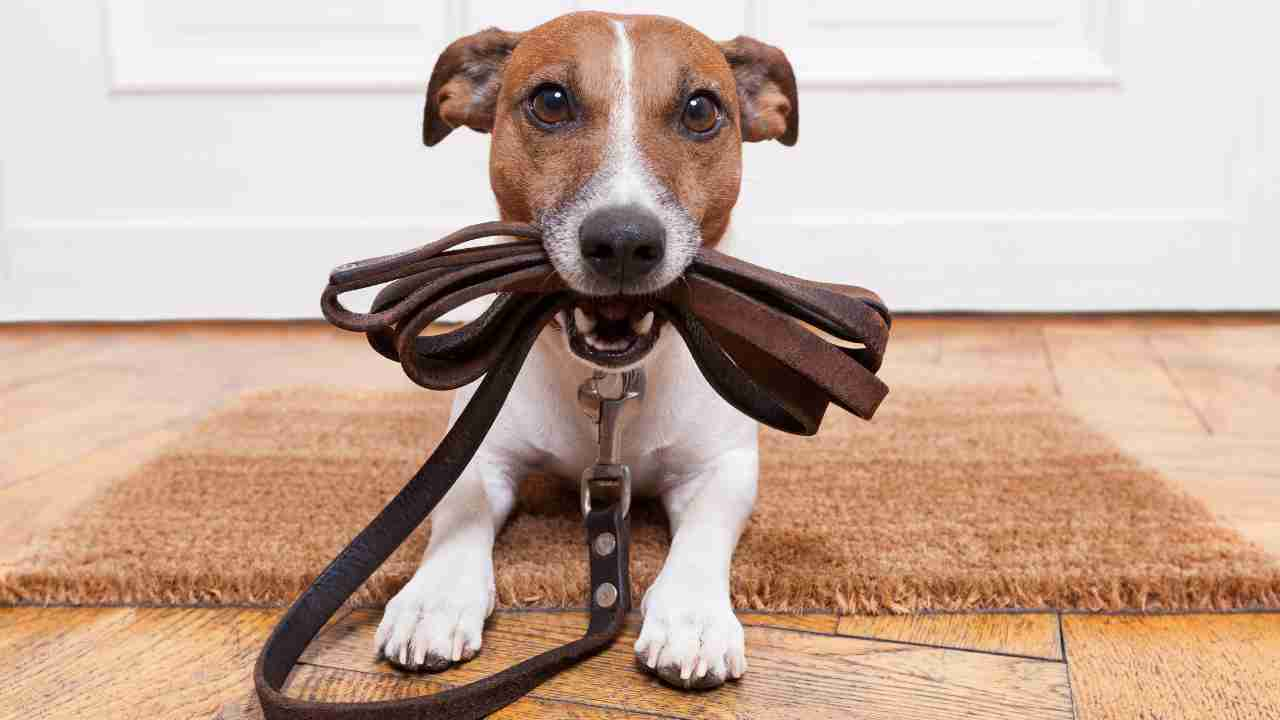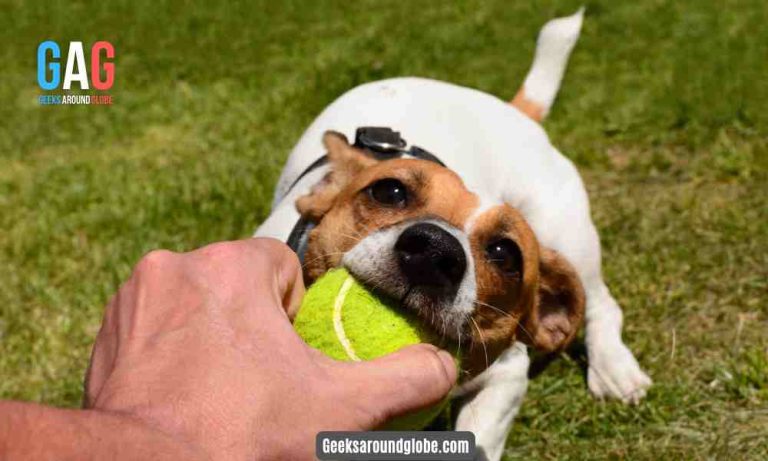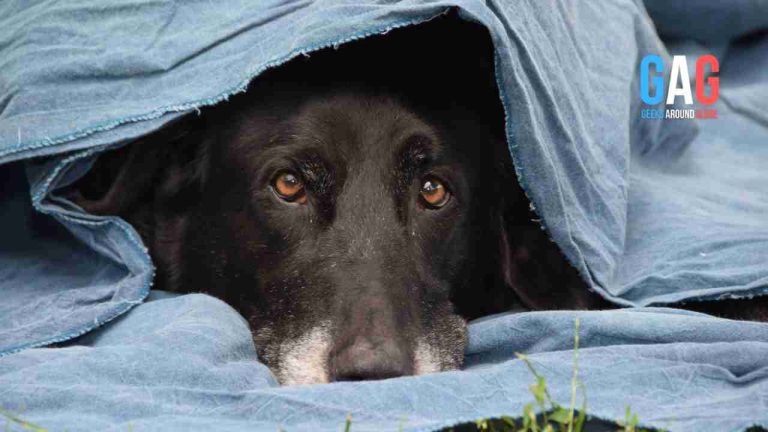- 1. Understanding the Importance of the Right Collar and Leash
- 2. Types of Dog Collars
- 3. Choosing the Right Collar Material
- 4. The Importance of a Proper Fit
- 5. Types of Dog Leashes
- 6. Material and Length of Leashes
- 7. Safety Features
- 8. Training Considerations
- 9. Comfort and Style
- 10. Maintenance and Durability
- 11. Health Considerations
- 12. The Perfect Fit for Puppies
- 13. Conclusion
Selecting the right dog leash and collar is more than just a fashion statement; it’s a crucial decision for the safety and comfort of your furry friend. Whether you’re a new pet parent or looking to upgrade your dog’s accessories, understanding the nuances of choosing the perfect dog collar and leash set is essential. In this comprehensive guide, we’ll walk you through the various factors to consider, ensuring that your dog not only looks great but also feels comfortable and secure on their daily walks.
Understanding the Importance of the Right Collar and Leash
The collar and leash are fundamental tools in dog ownership. They play a vital role in your dog’s safety, helping to keep them secure on walks and providing a place to attach identification tags. A well-chosen set can also aid in effective training and communication with your dog.
Types of Dog Collars
When browsing for a dog collar and leash, you’ll encounter various types of collars. Each type serves different purposes and suits different dog breeds and temperaments.
Flat Collars
The most common type, ideal for everyday use. Ensure it’s snug but comfortable, with enough space to fit two fingers between the collar and your dog’s neck.
Martingale Collars
Great for dogs that tend to slip out of their collars. They tighten slightly when the dog pulls but are safe and won’t choke them.
Harnesses
Suitable for dogs with respiratory issues or those that pull excessively. Harnesses distribute pressure more evenly around the dog’s body.
Head Collars
Designed for strong pullers, offering more control during walks. They should be used with care and proper training.
Specialty Collars
Includes collars for specific training purposes, like shock or vibration collars, which should only be used under professional guidance.
Choosing the Right Collar Material
The material of the collar is as important as the type. Common materials include:
- Nylon: Durable and available in various colors and patterns.
- Leather: Sturdy and stylish, but requires more maintenance.
- Metal: Strong and durable, often used for training collars.
Consider your dog’s skin sensitivity, the climate, and the level of activity when choosing the material.
The Importance of a Proper Fit
A well-fitting collar is crucial. It should be tight enough to prevent your dog from slipping out but loose enough to be comfortable. Regularly check the fit, especially if you have a growing puppy.
Types of Dog Leashes
Selecting the right leash is just as important as choosing a collar. The common types of leashes include:
- Standard Leashes: Ideal for daily walks and basic training.
- Retractable Leashes: Offer more freedom for the dog to explore but can be dangerous if not used correctly.
- Adjustable Leashes: These can be altered in length and are versatile for different situations.
- Specialty Leashes: Includes leashes for specific training or activities, like jogging leashes.
Material and Length of Leashes
When it comes to the material of leashes, each type offers unique benefits. Nylon is popular for its durability and wide range of colors and patterns, making it a versatile choice for everyday use. Leather, on the other hand, offers a classic look and is known for its strength and longevity, though it may require more care to maintain its condition. Rope leashes are often favored for their sturdy nature, especially useful for larger breeds or dogs that tend to pull.
The length of the leash is another critical factor. While a standard leash is typically around 6 feet, offering a good balance between freedom for the dog and control for the owner, the choice of length should also be based on the dog’s behavior and the environment where you’ll be walking. Shorter leashes can provide better control in busy or high-traffic areas, while longer leashes may be more suitable for open spaces where your dog can safely explore a bit more.
Safety Features
Safety is paramount when it comes to choosing a dog leash and collar. Reflective materials or built-in lights are not just trendy additions; they are essential for increasing visibility during evening or early morning walks, ensuring both you and your dog are visible to motorists and cyclists. Additionally, the quality of buckles and clasps is crucial. They should be strong enough to withstand pulling and sudden movements, ensuring that the leash and collar stay securely fastened.
Training Considerations
For those looking to train their dogs, the choice of collar and leash can significantly impact the effectiveness of the training process. A collar and leash that allow for clear communication and control without causing discomfort to the dog are ideal. Training collars, such as choke chains or prong collars, are available but should be used cautiously and preferably under the guidance of a professional dog trainer, as improper use can harm your dog both physically and psychologically.
Comfort and Style
While functionality is key, the comfort and style of the dog collar and leash set should not be overlooked. A comfortable collar and leash will ensure your dog is at ease during walks, reducing the likelihood of skin irritation or discomfort. Style-wise, the market offers an array of options, from sleek and modern designs to fun and quirky patterns, allowing you to choose a set that reflects your dog’s personality and your personal style.
Maintenance and Durability
The ease of maintenance is an important consideration, especially for active dogs who may frequently get their leashes dirty. Materials that are easy to clean and quick to dry, while still being durable, are ideal. Durability is particularly important to ensure the longevity of the leash and collar, providing value for money and reducing the need for frequent replacements.
Health Considerations
For dogs with specific health concerns, such as neck injuries or respiratory issues, a harness might be a more suitable option than a traditional collar. Harnesses distribute pressure more evenly across the body, reducing strain on the neck. It’s always advisable to consult with a veterinarian when selecting a collar or harness, especially for dogs with existing health issues.
The Perfect Fit for Puppies
Puppies, with their rapid growth and unique training needs, require special consideration when choosing collars and leashes. Adjustable collars are ideal as they can grow with your puppy, ensuring a perfect fit at all stages of their development. Lightweight materials are also preferable for puppies, as they are less cumbersome and more comfortable for smaller, growing bodies. As puppies are often in the training phase, a durable and easy-to-clean leash is also recommended.
Conclusion
Your dog’s safety, comfort, and sense of style are all impacted by the selection of collar and leash. You can make sure that your dog is prepared for their everyday adventures by taking into account the elements mentioned in this article. To ensure that every walk is safe and pleasurable, keep in mind that the ideal collar and leash combo is one that fits your dog’s unique needs and personality.







